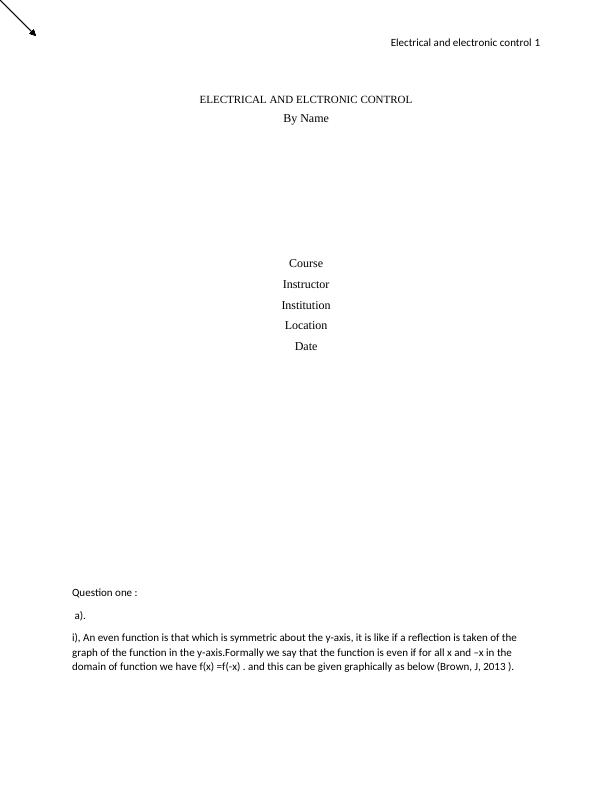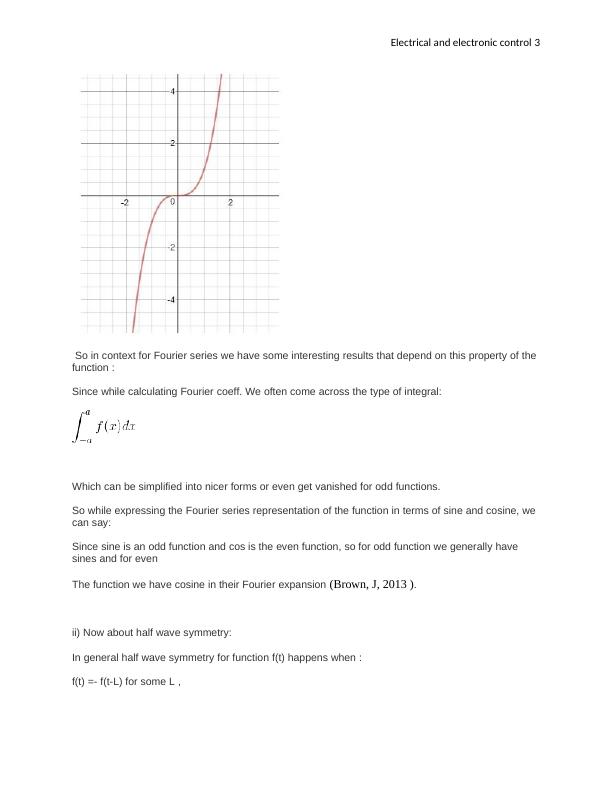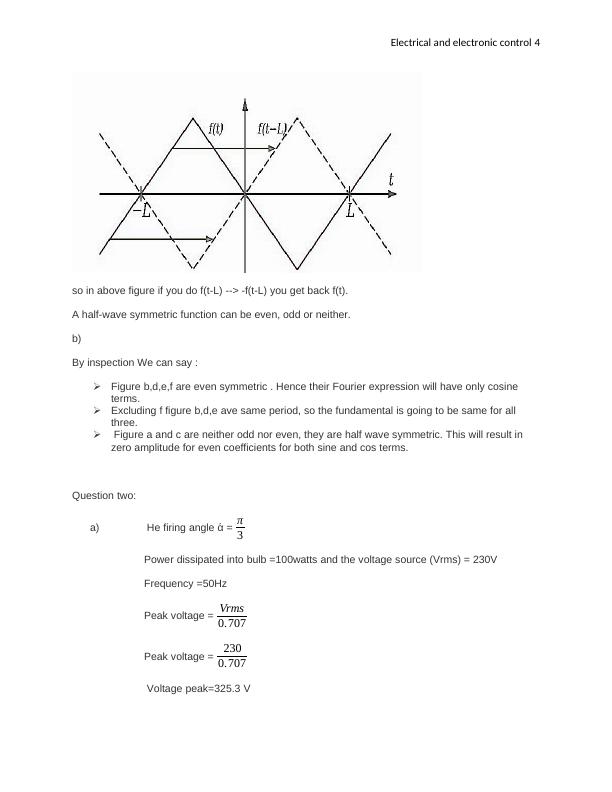Electrical & Electronic Control Question & Answers
Added on 2020-02-19
16 Pages978 Words166 Views
End of preview
Want to access all the pages? Upload your documents or become a member.
Complex Waveforms and Transients in R-L-C Circuits
|16
|624
|266
Electrical and Electronic Principles
|26
|1243
|15
Understanding Even and Odd Functions in Mathematics
|18
|968
|65
Complex Waveforms & Transients in R-L-C Circuits
|14
|2323
|331
Understanding Sinusoidal Functions and Phasor Representation
|13
|1732
|20
Introduction to Circuit Analysis - Assignment
|9
|906
|167




